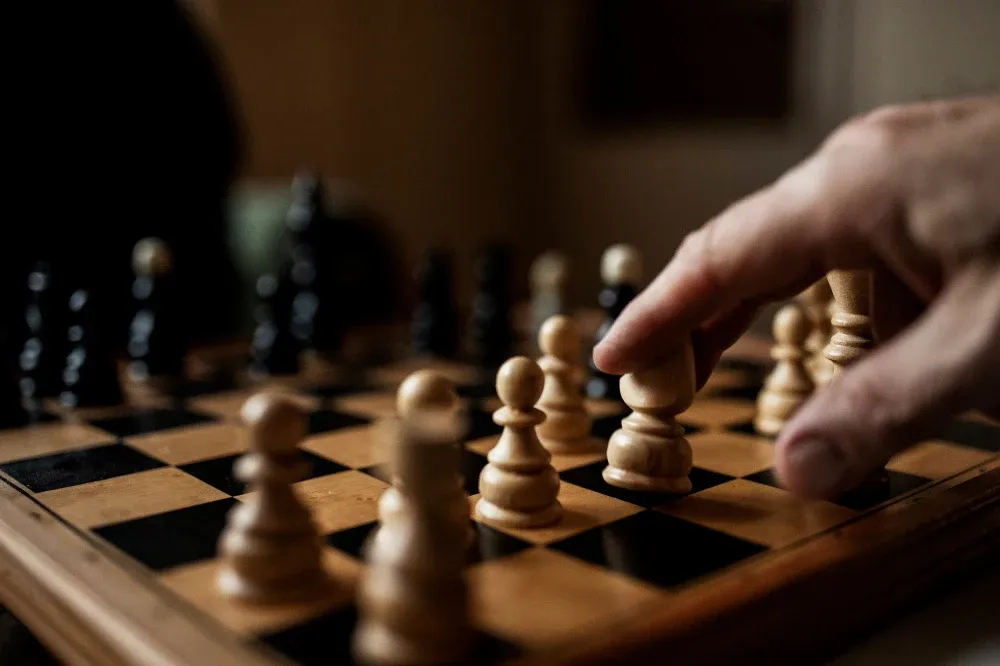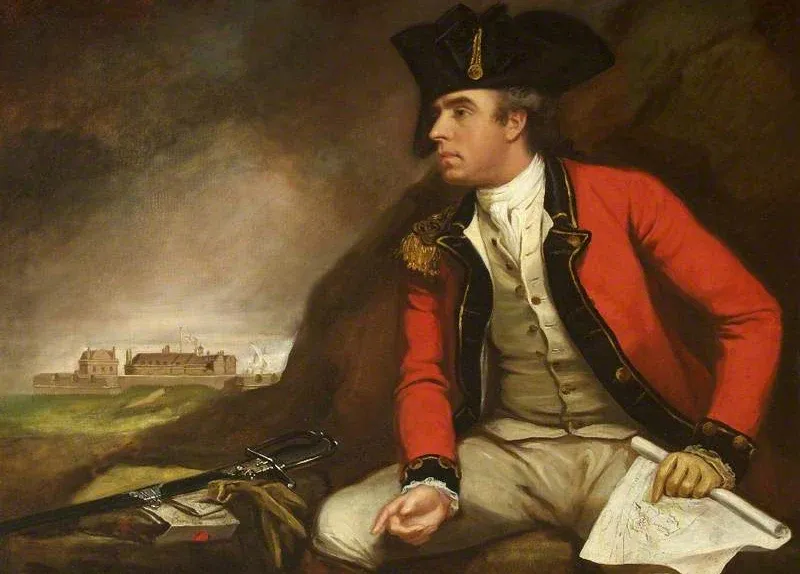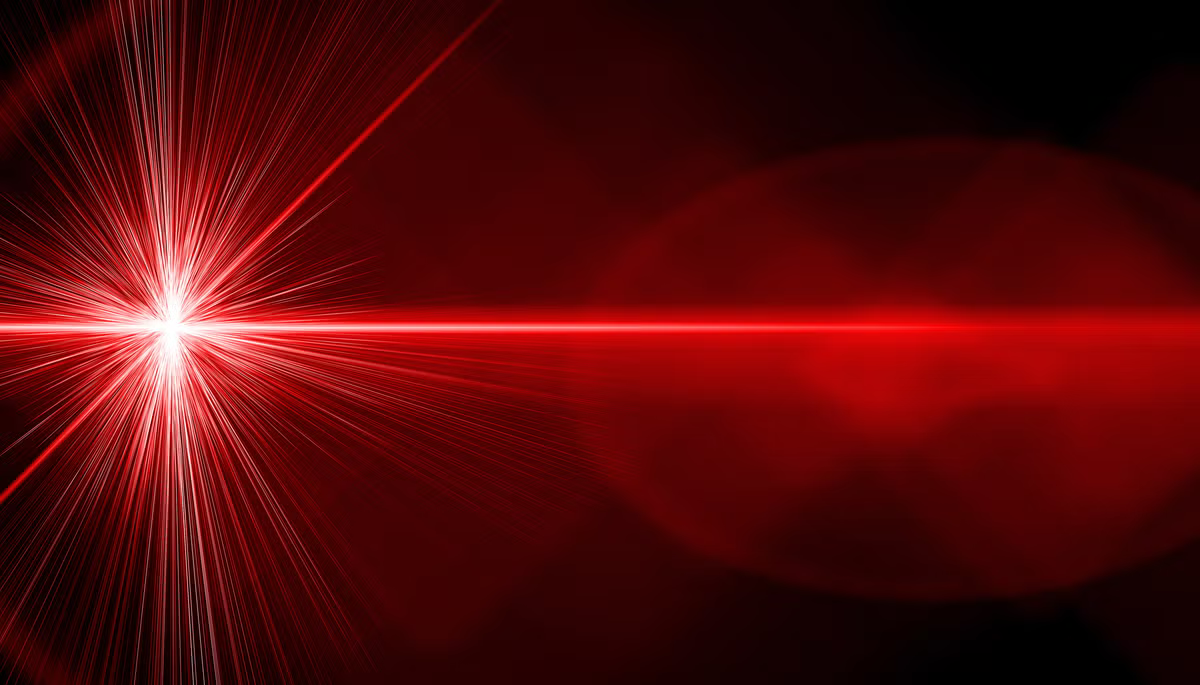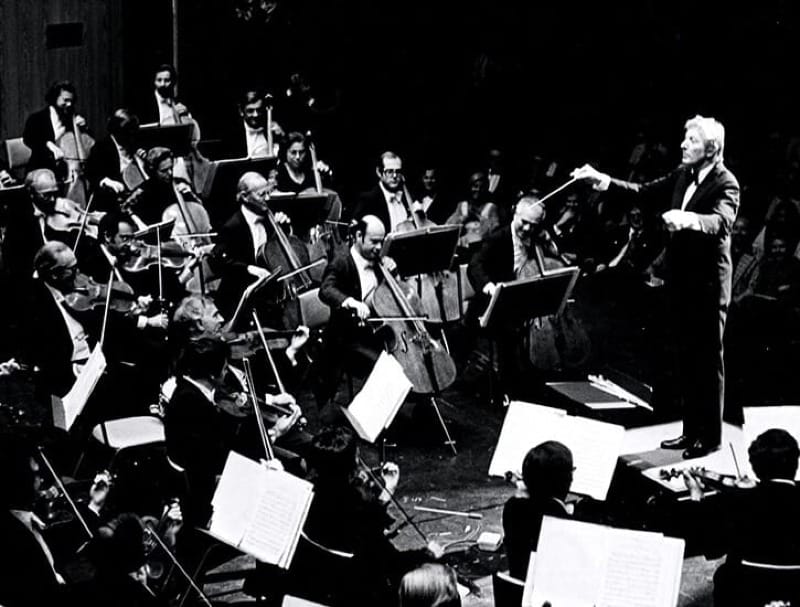Russian chess player accused of trying to poison opponent

From NBC News: "A Russian chess player is under investigation after allegedly being caught on camera spraying her opponent’s board with what authorities said was a substance containing mercury as part of an attempted poisoning ahead of a match last week. Amina Abakarova faces a possible lifetime ban and potential criminal proceedings, Russian authorities said, after the incident during a tournament in the Caucasus republic of Dagestan. The Russian Chess Federation issued a statement Wednesday on what it said was “an attempt to poison a participant in the championship of the Republic of Dagestan in Makhachkala,” referring to Dagestan’s capital. It said Abakarova has been temporarily suspended from all competitions under the authority of the national federation, pending the conclusion of a criminal investigation. A 34-second surveillance video purports to show Abakarova walking around what looks like a room with chessboards set up for a tournament and appearing to rub something on one of the boards, before walking away."
The Voynich Manuscript has baffled scientists for 500 years

From The Atlantic: "In the library catalog, the book—a parchment codex the size of a hardcover novel—had a simple, colorless title: “Cipher Manuscript.” But newspapers tended to call it the “Voynich Manuscript,” after the rare-books dealer Wilfrid Voynich, who acquired it from a Jesuit collection in Italy around 1912. An heir sold the manuscript to another dealer, who donated it to Yale in 1969. Its 234 pages contained some 38,000 words, but not one of them was readable. The book’s unnamed author had written it, likely with a quill pen, in symbols never before seen. Did they represent a natural language, such as Latin? A constructed language, like Esperanto? A secret code? Gibberish? Scholars had no real idea. And there were otherworldly illustrations: groups of naked women who held stars on strings, like balloons, or stood in green pools fed by trickling ducts and by pipes that looked like fallopian tubes. Many of the women, arms outstretched, seemed less to be bathing than working, almost like plumbers."
(Editor's note: If you like this newsletter, please share it with someone else. And if you really like it, perhaps you could subscribe, or contribute something via my Patreon. Thanks for being a reader!)
The strange saga of Kowloon Walled City, once the most densely-populated place on earth

From Atlas Obscura: "The most densely populated city on Earth had only one postman. His round was confined to an area barely a hundredth of a square mile in size. Yet within that space was a staggering number of addresses: 350 buildings, almost all between 10 and 14 stories high, occupied by 8,500 premises, 10,700 households, and more than 33,000 residents. The city’s many tall, narrow tower blocks were packed tight against each other—so tight as to make the whole place seem like one massive structure: part architecture, part organism. There was little uniformity of shape, height, or building material. Cast-iron balconies lurched against brick annexes and concrete walls. Wiring and cables covered every surface: running vertically from ground level up to forests of rooftop television aerials, or stretching horizontally like innumerable rolls of dark twine that seemed almost to bind the buildings together. Entering the city meant leaving daylight behind. There were hundreds of alleyways, most just a few feet wide."
Men tie fabric around their necks because a seven-year-old boy thought it looked fancy

From Now I Know: "During the childhood of Louis XIV, much of Europe was engaged in what’s now called the Thirty Years’ War, and France was no exception. Under Louis XIII, the French military decided to bolster its fighting force, hiring mercenaries from Croatia. The uniforms featured a cape-like cloak, designed to keep the mercenaries warm as needed. And they kept their cloaks on by tying one end around their necks, in a practical but ornate bow. Louis XIV, having seen men in his father’s service wearing these ties, adopted the look for himself a few decades later — just minus the cloak. And with that, the tie was born. Parisians quickly translated the Croats’ scarf into a new clothing accessory, calling these new accessories 'cravats,' a word derived from the French word for a Croat, in reference to the men who first donned them."
A new gamma-ray laser could help unlock the secret to interstellar travel

From Popular Mechanics: "Aerospace engineer Eugen Sanger hypothesized in the 1950s that if matter could be completely converted into light particles (called photons), the photons themselves could be a power source to thrust a rocket to intergalactic speeds. While he assumed a photon rocket could only ever be the stuff of science fiction, the seed of his idea has only continued to take root. To create the ultimate laser, a number of research teams are pursuing technology that could maintain coherent gamma rays, the most energetic form of light in our universe.If we could produce coherent gamma rays just as an ordinary laser produces coherent rays of visual light, the technology could unlock interstellar travel—as well as blow missiles out of the sky and revolutionize cancer treatment. While the gamma ray laser (also known as a “graser”) is still conceptual, it’s considered one of the most important problems in physics."
The celebrated French composer who turned out to be a plagiarist

From The Baffler: "In 2001, the Capitol Hill Chorale gave the American premiere of Foison’s Requiem Mass. The performance was a success—the Post praised the “mellow joyfulness” of the piece—and the Chorale’s members lined up after the concert for Foison’s autograph. But the music reminded one singer in the audience of something he had performed before in Vienna. After the concert, the singer checked his memory against the sheet music. Note by note, Foison’s Requiem was identical to the 1963 “Messe de Requiem” by an obscure French composer named Alfred Desenclos. The next day the singer rang up the Chorale’s music director; hijinks ensued. Foison at first denied that he’d plagiarized Desenclos, only to then claim that a mix-up had occurred between him and Desenclos’s publisher. Not long after, Foison disappeared, ostensibly to Paris to care for his father, who was dying of cancer. A work with his name hasn’t been performed since."
The laws of physics apparently don't apply to snow leopards
So apparently the laws of physics do not apply to Snow Leopards pic.twitter.com/wlEgkSSBJR
— Nature is Amazing ☘️ (@AMAZlNGNATURE) August 8, 2024
Acknowledgements: I find a lot of these links myself, but I also get some from other newsletters that I rely on as "serendipity engines," such as The Morning News from Rosecrans Baldwin and Andrew Womack, Jodi Ettenberg's Curious About Everything, Dan Lewis's Now I Know, Robert Cottrell and Caroline Crampton's The Browser, Clive Thompson's Linkfest, Noah Brier and Colin Nagy's Why Is This Interesting, Maria Popova's The Marginalian, Sheehan Quirke AKA The Cultural Tutor, the Smithsonian magazine, and JSTOR Daily. If you come across something interesting that you think should be included here, please feel free to email me at mathew @ mathewingram dot com



